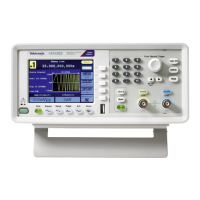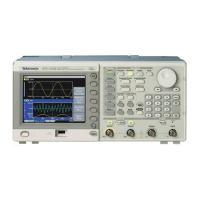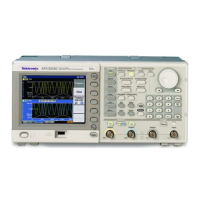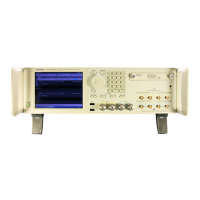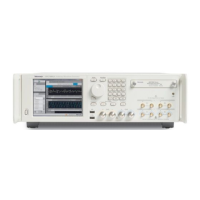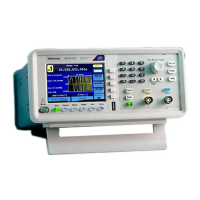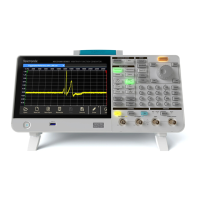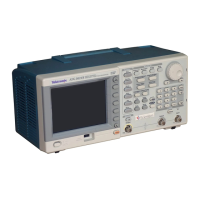What to do if my Tektronix 191 seems faulty but might be due to settings?
- JJaime KennedyAug 2, 2025
Incorrect control settings on your Tektronix Inverter can sometimes create the illusion of a problem. Review your settings to ensure they are correct before assuming there is an actual fault.


